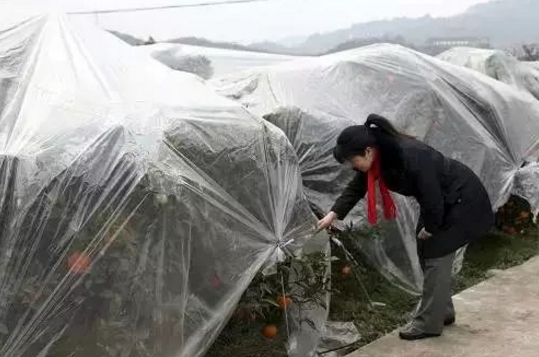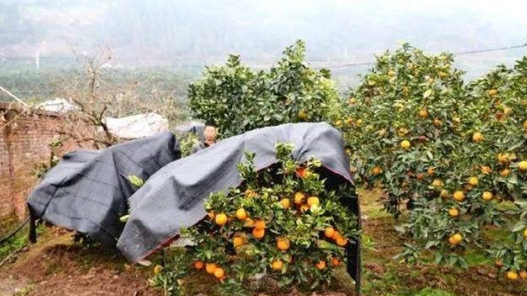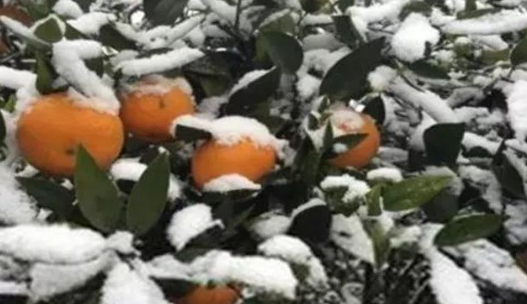
1. Frost damage
The degree of frost damage to citrus and the location of the damage are different due to the temperature drop and the duration of frost. Different citrus species, or different organs in the same type of fruit tree, are subject to different critical temperatures. Under normal circumstances, fruit farmers will use smoke to prevent frost, which can reduce the loss of ground heat, but pay attention to safety during operation, and do not cause other hazards to fruit trees due to smoke. Heaters can be used if conditions permit, which can also effectively increase the temperature in the park and prevent frost.

2. Freezing damage
The resistance of various growth organs of fruit trees to low temperature varies during the overwintering period. If the shoots are damaged by freezing, it is very likely to affect the yield of the next year. In severe cases, the pruning will die, which will have a great impact on the production of fruit trees. There are also many reasons for freezing damage. Comprehensive prevention and control should be used during production. For example, when freezing damage occurs, you can cut lightly or late, ensure sufficient water in the early stage, topdressing in time, and maintain nutrients to restore tree vigor as soon as possible.

3. Wind damage
High winds can also make fruit tree bodies appear partial crown or eccentricity. In winter, strong winds can make young trees dry and die. Dry wind chamber pots in spring can cause new leaves of fruit trees to scorch, which will shorten the flowering period and reduce the fruit setting rate. , Which directly affects output. When there is strong wind during the flowering period, artificial pollination can be used to increase the fruit setting rate. In the production season, when there is wind, it is necessary to set up pillars to tie the fruit to the fruit tree in time to prevent falling and breaking. When there is windy weather during the harvest period, you can deepen the tree tray or Cover the tree tray with grass to reduce fruit drop.

4. Draw
Stripping occurs more severely on young citrus fruit trees, which often leads to tree-type disorder and affects early results. The method to prevent stripping is to water more fertilization and water in the early stage of young tree growth, and apply more phosphorus and potassium fertilizer in the later stage. Reasonable topping promotes strong growth of branches and improves the wintering ability of young trees.






 Mobile station
Mobile station the public
the public


